The story of Morecambe's famous Super Swimming Stadium
and live on Freeview channel 276
That was how The Visitor newspaper announced plans for the Super Swimming Stadium back in 1933.
Almost 90 years on, the site of that stadium is now earmarked for Eden Project North and the story of what went before is told in a new book - In The Swim, Morecambe’s Super Swimming Stadium – by retired teachers Barry and Lesley Guise from Bolton-le-Sands.
Advertisement
Hide AdAdvertisement
Hide Ad“We saw an exhibition about swimming and the stadium at Lancaster Maritime Museum a while ago and thought there’s a book in that,” explained Barry.
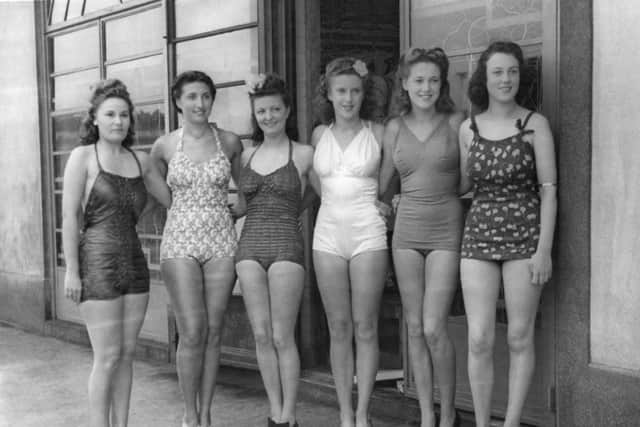

The couple’s interest in Thirties architecture had previously led them to write a book on the Midland Hotel which has sold around 10,000 copies. As the stadium was built during that period and would still hold much interest, especially for those who remembered Morecambe in its heyday, they set to work.
Barry and Lesley moved to Morecambe in the Seventies when the stadium was in decline so never actually went inside the place they’re putting back in the spotlight.
However, they’ve spent hours reading back copies of The Visitor and also interviewed people from divers to beauty queens, some of who are now in their 80s, and have marvellous stories to tell of the part they played in the stadium’s success.
Advertisement
Hide AdAdvertisement
Hide AdThe stadium’s story is set against the history of swimming in the area, including the cross bay swims, and explains how the town’s first swimming pool – at Bare – opened in 1906 after pressure from the Victoria Swimming Club.
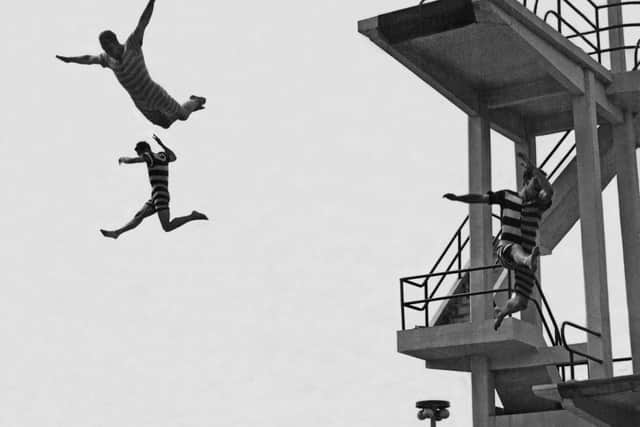

By the late 1920s, Morecambe was a thriving holiday resort with many popular attractions but needed an impressive swimming pool so Morecambe Corporation decided to build one by taking advantage of a government loan scheme for works commissioned in the public interest to generate employment during the Depression.
The site opposite the Winter Gardens was chosen and, unusually for open air pools/lidos which were usually designed by borough engineers or surveyors, a design competition was held.
The winning design by London architects, Cross & Sutton, was a striking white building, rectangular with curved ends – a nod to modernity but also featuring more traditional towers, domes and columns.
Advertisement
Hide AdAdvertisement
Hide AdThe whole project including covered heated pool to accommodate 1,500 spectators, Turkish and medicated baths and the construction of a new promenade was estimated to cost £63,388 but as more attractions were added including a concert hall for 2,500 spectators, the budget rose to £204,800.
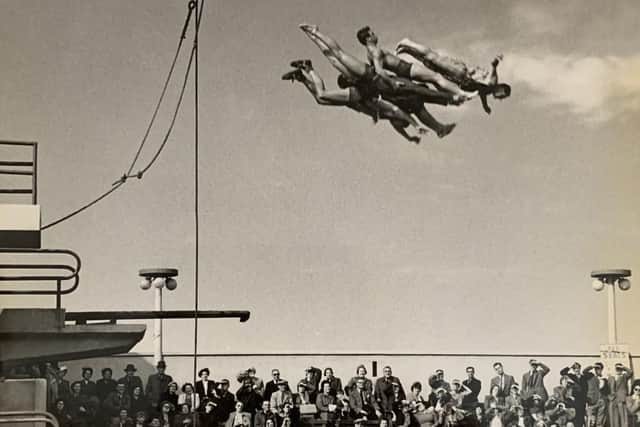

Morecambe councillors enthusiastically approved the plans in 1933 and waited for the Ministry of Health’s support but it dragged its feet for months, eventually saying the scheme was too expensive and demanding cuts.
Rather than a covered pool, an open air one was suggested and built though later, after complaints about its temperature, heating was installed and Morecambe could boast the world’s largest heated open air swimming pool.
Plans for a solarium, Russian and Turkish baths, café lounge, tea gardens, wave bath and bathing chalets were shelved, revising the cost to £121,000, finally approved by the Ministry, and work began in 1934.
Advertisement
Hide AdAdvertisement
Hide AdThe Super Swimming Stadium was officially opened on July 27 1936, by Sir Josiah Stamp, London, Midland and Scottish Railway president, who claimed that if the stadium didn’t fetch ‘em from Bradford, “I don’t know what will.”
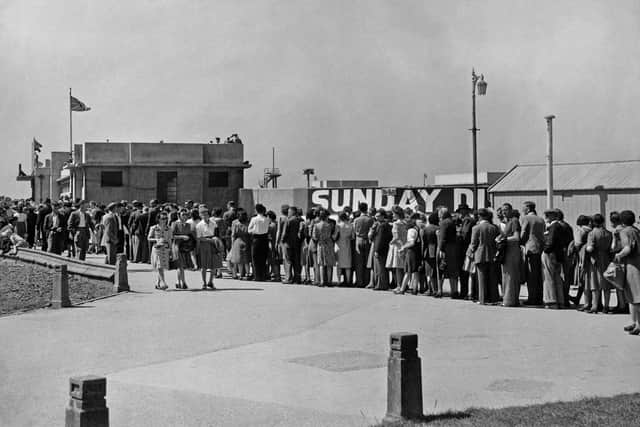

He continued: “Your new bath is not only the last word in modernity but it also gives the facilities for a recreation and sport which will stay with us always. Today, bathing reduces rich and poor, high and low to a common standard of enjoyment and health. When we get down to swimming, we get down to democracy. This pool will not only provide pleasure but is a great contribution to the health of the nation.”
And for 40 years, the stadium did indeed provide pleasure for thousands, both visitors and residents.
For those who preferred spectating to swimming, entertainment included everything from high divers to the acrobatic Aqualoonies and the very first Miss Great Britain contest which remained a staple feature of Morecambe’s calendar for decades.
Advertisement
Hide AdAdvertisement
Hide Ad“The real eye-opener for us was the vast numbers of people who went to see the shows, especially Miss Great Britain,” said Barry.
“Far more people went to spectate than went in the water.”
However, as tastes and opinions changed and the stadium began to leak, concerns grew about its future. The bulldozers finally moved in and by Easter 1977, the stadium was super no more.
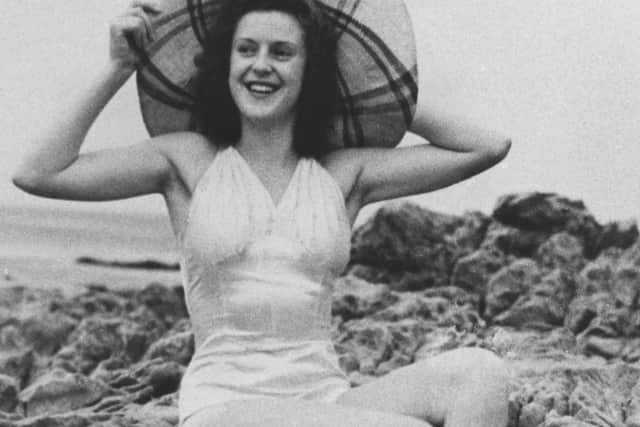

Further attempts to revive the site with a Leisure Park, the Superdome and Bubbles continued throughout the next three decades but by 2001, nothing remained of its glory days.
However, the book ends on a positive note with a chapter on the plans for an Eden Project North on the site, once again, relying on government support.
Advertisement
Hide AdAdvertisement
Hide Ad“We thought it would be nice to end the book on an optimistic note and hope that the Eden Project will regenerate Morecambe in the same way that the Super Swimming Stadium did when it opened,” said Barry.
*Barry and Lesley Guise will be signing copies of In The Swim at a drop-in event at Lancaster City Museum on April 22 from 10am-1pm. The book, priced £19.95, is available at Lancaster’s City and Maritime Museums, Morecambe Visitor Information Centre, Morecambe Heritage Centre and Carnforth Bookshop. Copies are also available by ringing 01524 824300.